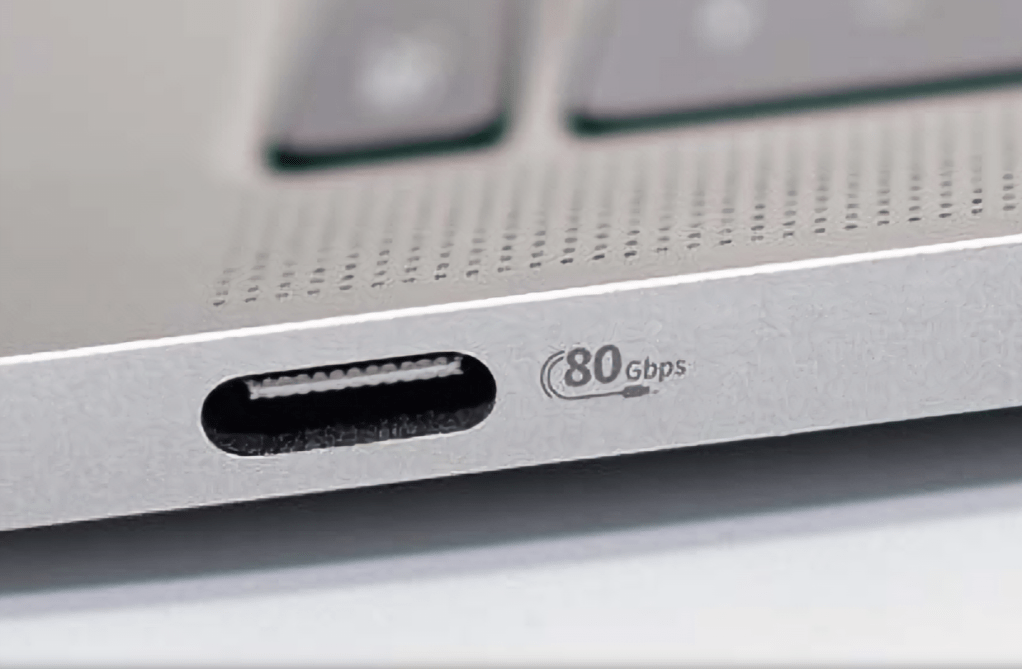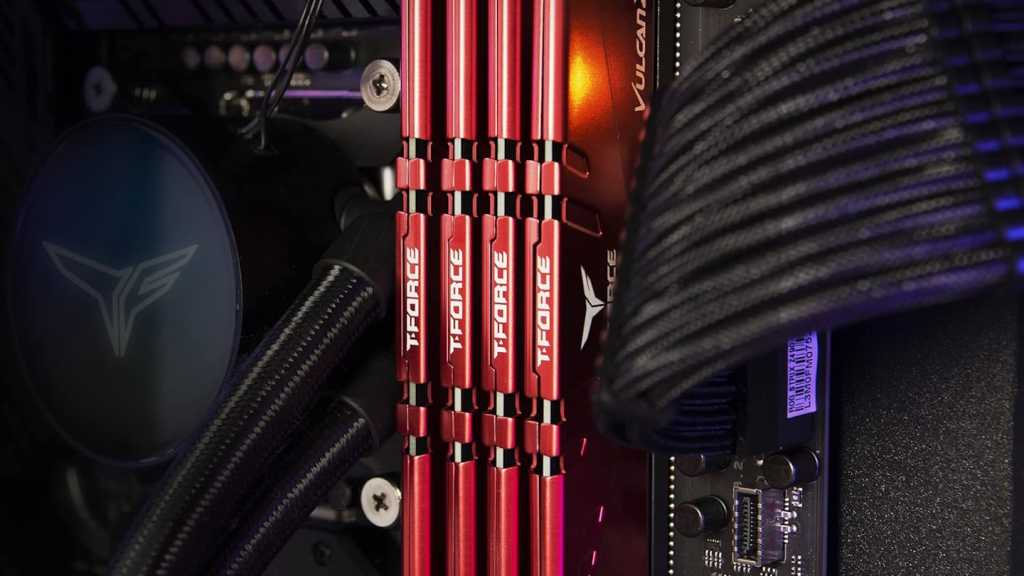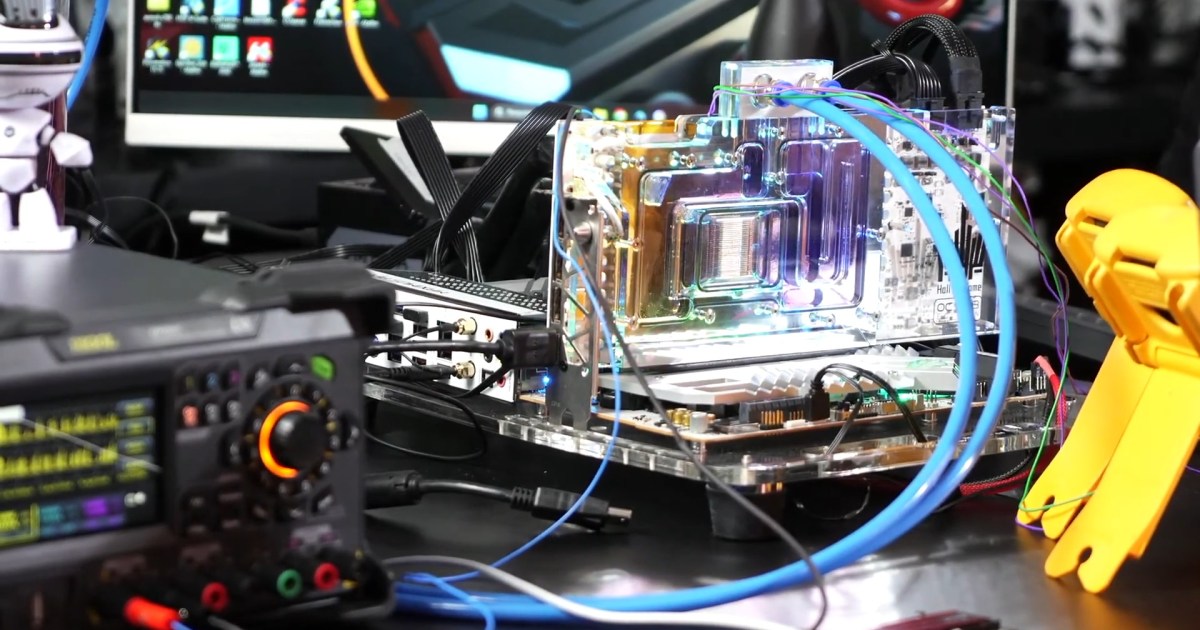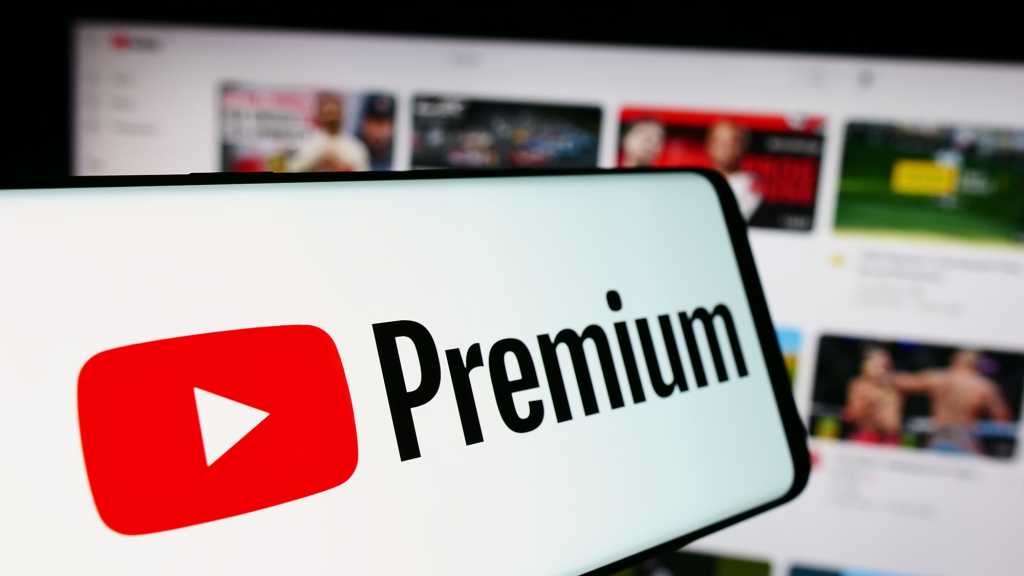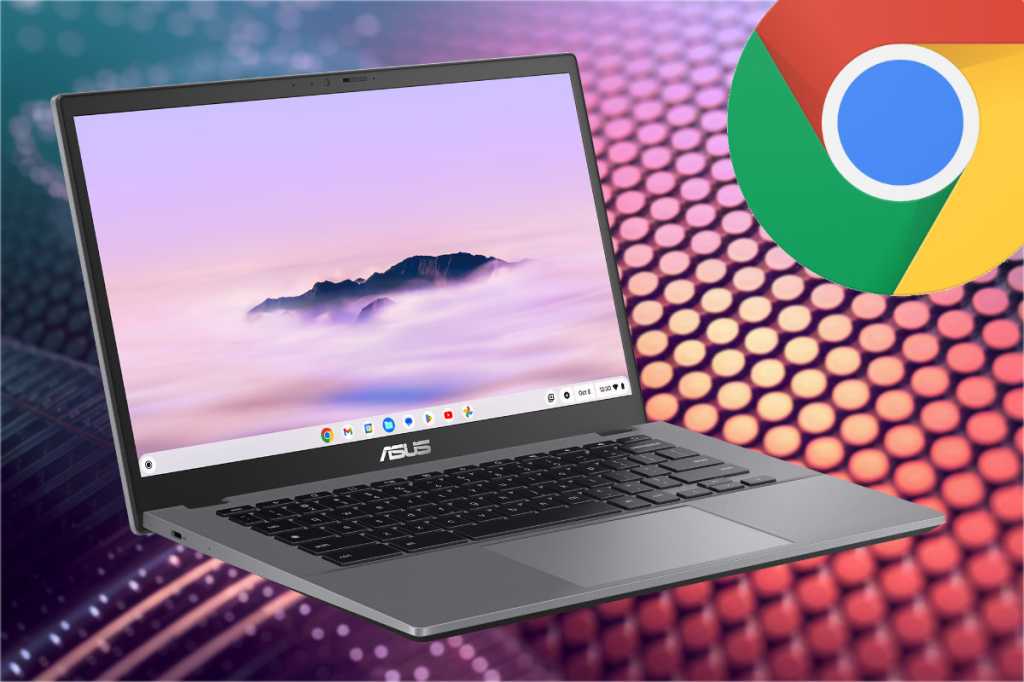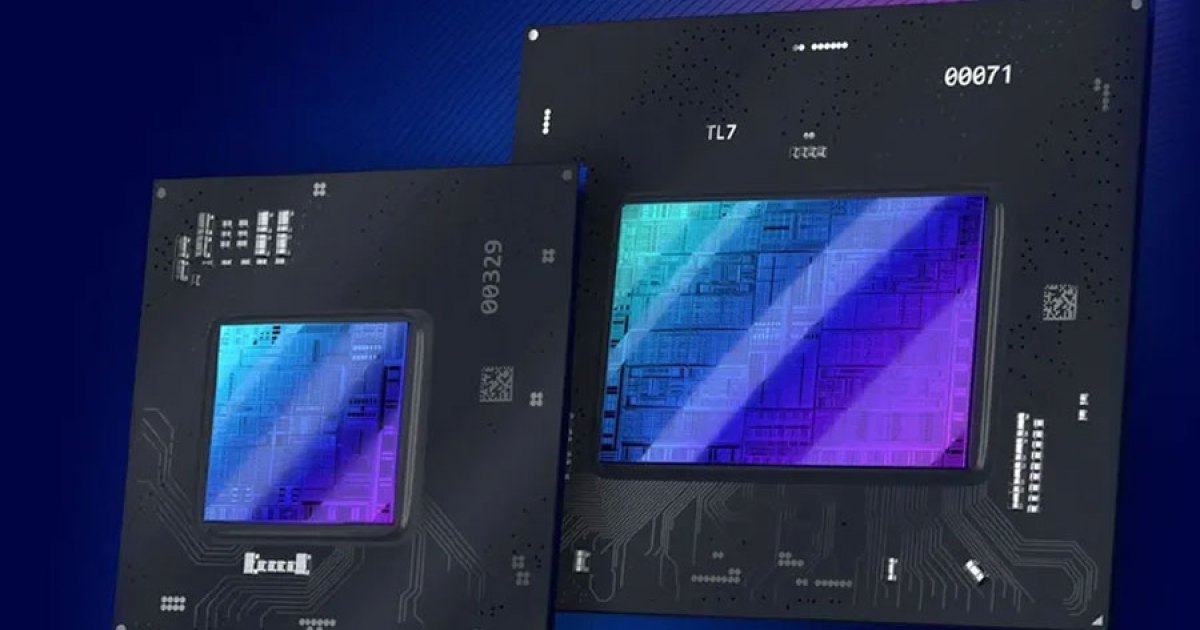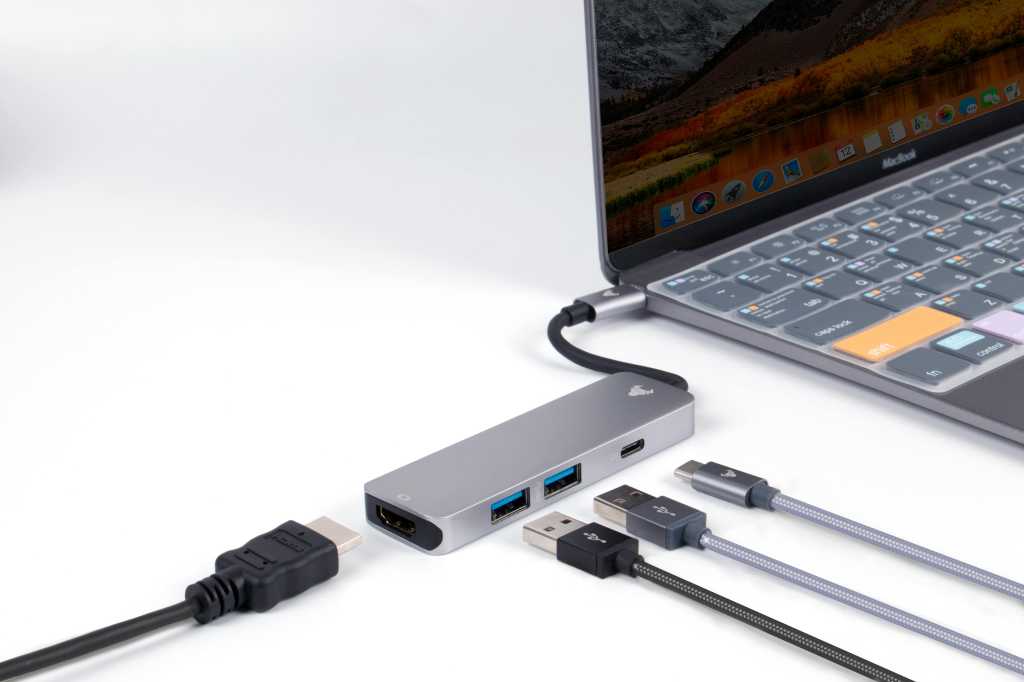USB labeling has historically been a source of confusion for consumers. Deciphering terms like “USB 3.2 Gen 2” or “SuperSpeed USB 10Gbps” has been more perplexing than helpful, turning the simple task of buying a USB accessory into a frustrating guessing game. Fortunately, the USB Implementers Forum (USB-IF) is streamlining the process with new, user-friendly logos and icons designed to clearly communicate USB speed and performance at a glance.
This initiative addresses the widespread criticism that the current version designations, such as “USB 3.2” or “USB4v2,” are overly complicated. The USB-IF has shifted focus from technical jargon to what truly matters to consumers: data transfer speed, power delivery, and overall functionality. This change simplifies the process of understanding the capabilities of any USB device or cable, eliminating the need for extensive research.
Understanding the New USB Labels
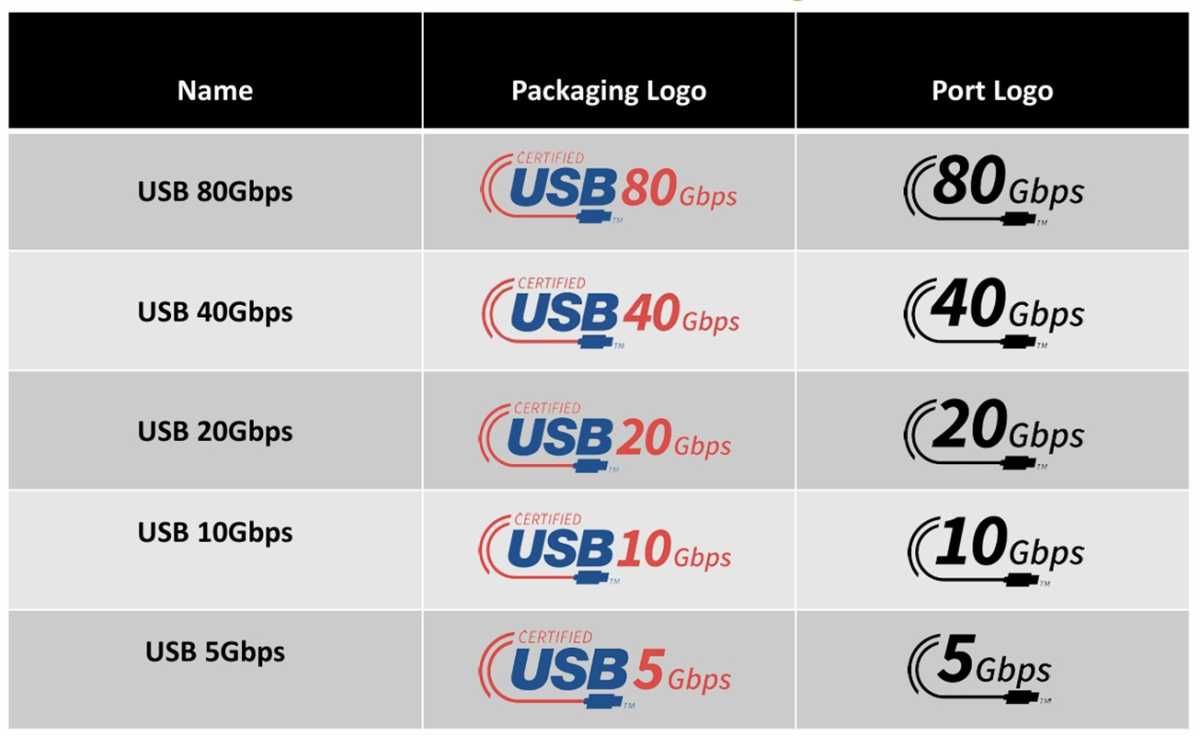 USB80 Gbps logos USB4
USB80 Gbps logos USB4
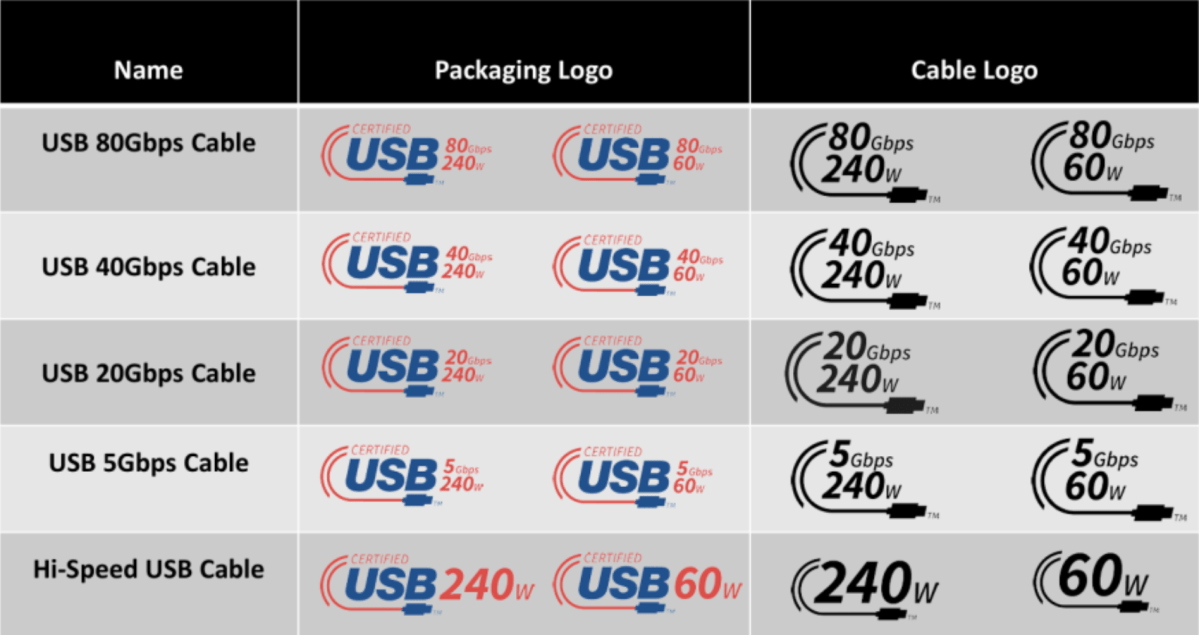 new USB logos cable
new USB logos cable
The new labels emphasize two critical aspects:
- Data Speed: Displayed as 10Gbps, 20Gbps, 40Gbps, and so on, representing data transfer speeds in gigabits per second.
- Power Throughput: Indicated by wattage (e.g., 60W, 240W), reflecting the power delivery capacity for charging devices.
This clarity aims to prevent common misunderstandings. For instance, not all USB cables capable of 40Gbps data transfer can deliver the 240W required to charge a high-powered laptop.
Practical Applications of the New Labeling
The updated labeling system empowers consumers to quickly identify the key specifications they need. Selecting the appropriate USB devices and cables for specific use cases becomes significantly easier. Whether you require a Thunderbolt-compatible laptop or a high-speed data cable for a portable SSD, the new labels eliminate the guesswork. Even USB cables, previously considered largely interchangeable, now feature clear performance specifications, further simplifying selection.
Implementation and Availability
The rollout of these new labels has already commenced. Consumers can anticipate seeing clearly labeled USB devices and cables appearing on the market in the near future. The initial focus is on USB4 and USB4v2, the latest standards delivering cutting-edge speed and performance.
Conclusion: A Simpler USB Future
The introduction of simplified USB labels marks a significant step towards user-friendliness in the world of technology. By prioritizing clarity and focusing on practical performance indicators, the USB-IF has made it easier than ever for consumers to navigate the often-confusing landscape of USB devices and cables. This change promises a more straightforward and less frustrating experience for users of all technical levels.



